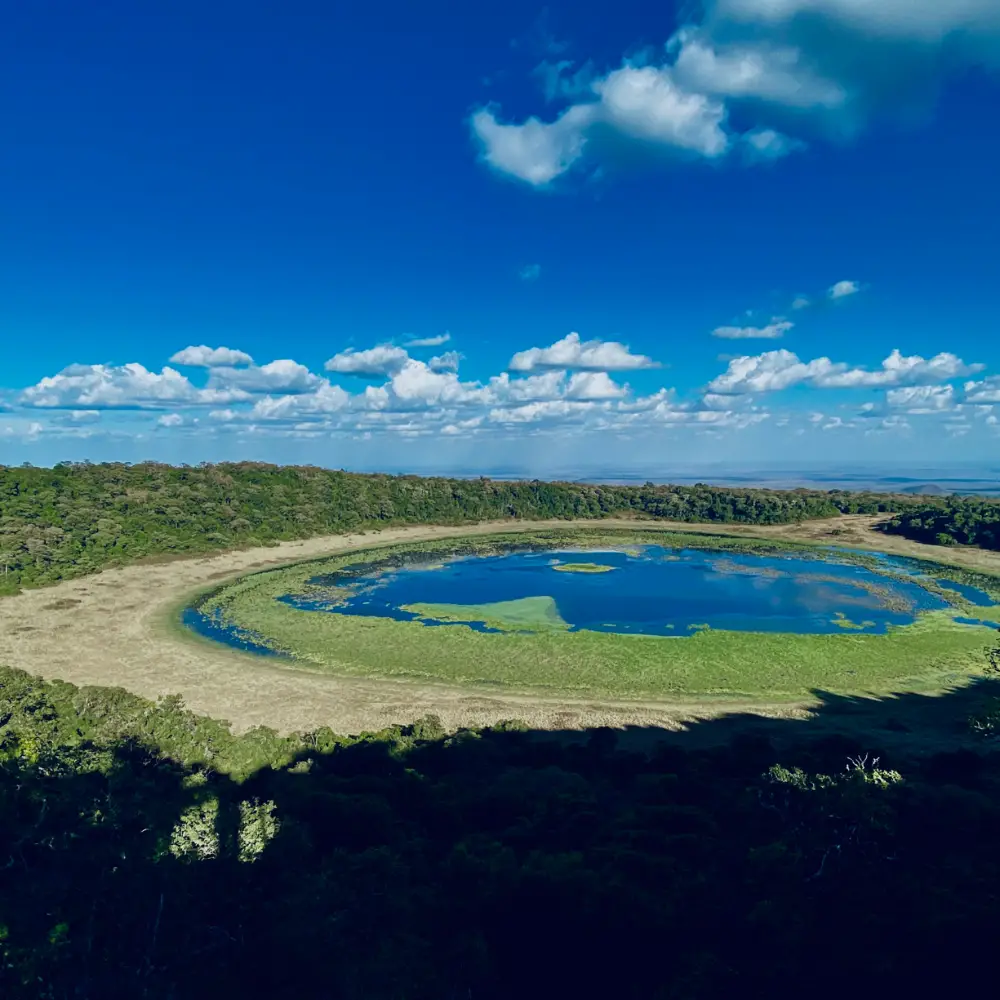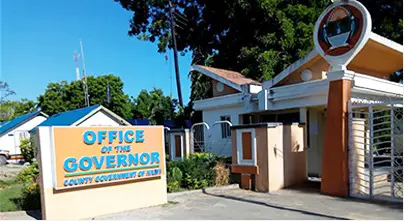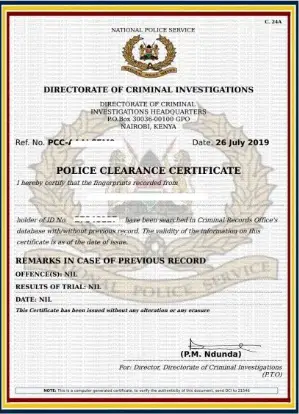Imagine a place where lush green forests, scenic mountains, and breathtaking deserts coexist, creating a stunning landscape that captivates all who visit. That place is Marsabit County. Located in the heart of northern Kenya, this diverse region offers a unique and unparalleled experience for travelers seeking adventure, cultural immersion, and natural beauty. With its vibrant tribes, rich history, and an abundance of wildlife, Marsabit County is a hidden gem waiting to be discovered by those who are ready to embark on an unforgettable journey.
Geography
Location
Marsabit County is located in the northern part of Kenya. It is situated in the Rift Valley region, bordering Ethiopia to the north. The county covers an area of approximately 66,923 square kilometers, making it one of the largest counties in Kenya. It is located at a latitude of 2.35°N and a longitude of 37.97°E.
Topography
The topography of Marsabit County is diverse and characterized by a mix of highland and lowland areas. The county is home to the Chalbi Desert, which covers a significant portion of the eastern part of the county. The western part of the county is dominated by Mount Marsabit, a dormant volcano with a peak elevation of 1,702 meters above sea level. Other notable features include hills, valleys, and volcanic craters, creating a unique and picturesque landscape.
Climate
Marsabit County experiences a varied climate due to its geographical location. The county’s climate is mainly arid and semi-arid, with low rainfall and high temperatures. The region receives minimal rainfall, with the average annual precipitation ranging from 200 to 800 millimeters. The county experiences two main seasons: a long dry season from June to October and a short rainy season from November to December. The temperatures in Marsabit County can range from 20°C to 35°C throughout the year, making it a hot and dry region.
History
Pre-colonial Era
The history of Marsabit County dates back to the pre-colonial era, where it was inhabited by various indigenous communities. These communities, such as the Rendille, Borana, and Gabra, had a rich cultural heritage and predominantly practiced pastoralism. They led a nomadic lifestyle, herding livestock and trading with neighboring communities for their livelihood.
Colonization
During the colonial era, Marsabit County fell under British rule. The area was established as a district in 1935 and was part of the larger Northern Frontier District. The British colonial administration introduced changes to the socio-economic structure of the area, with the establishment of mission schools, infrastructure development, and the introduction of new cash crops.
Independence and Post-Independence
After Kenya gained independence in 1963, Marsabit County became part of the newly formed independent nation. The county has since undergone significant development in infrastructure, education, and healthcare. Efforts have also been made to preserve and promote the cultural heritage of the indigenous communities, ensuring their voices are heard in matters of governance and development.
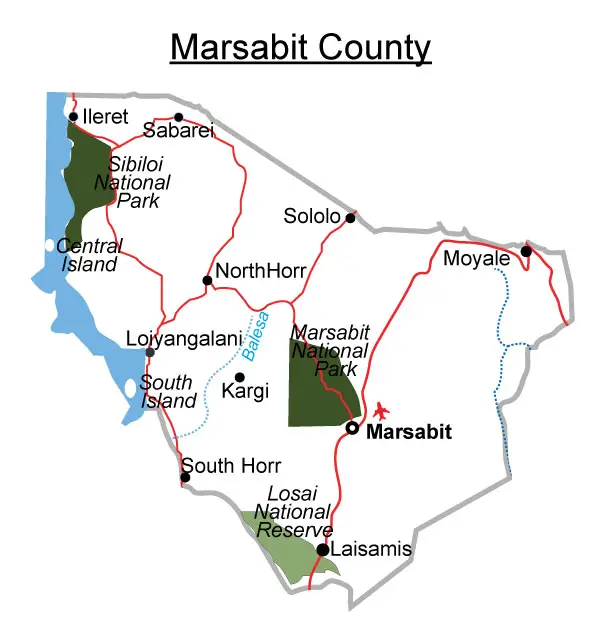
This image is property of elimufeynman.s3.amazonaws.com.
Demographics
Population
Marsabit County has a diverse population, with various ethnic communities coexisting harmoniously. According to the latest census data, the county has a population of approximately 459,785 people. The population is predominantly rural, with a smaller urban population concentrated in towns such as Marsabit and Moyale.
Ethnic Groups
The county is home to several ethnic groups, each with its own unique cultural practices and traditions. The major ethnic communities include the Rendille, Borana, Gabra, El Molo, Gabbra, and Burji. Each community has made valuable contributions to the cultural tapestry of the county, fostering a sense of diversity and unity.
Languages
Marsabit County is linguistically diverse, with various languages spoken by different ethnic groups. The major languages spoken in the county include Rendille, Borana, Gabra, and Samburu. Swahili and English are also widely spoken and serve as the official languages.
Governance
County Government
Marsabit County is governed by a county government, headed by an elected governor. The county government is responsible for the provision of essential services, such as healthcare, education, infrastructure development, and agricultural support. The government works closely with the national government to address the needs of the residents and promote socio-economic development.
Political Leaders
The political leadership in Marsabit County is composed of elected officials who represent the interests of the residents. This includes the governor, senators, members of parliament, and county assembly representatives. These leaders play a crucial role in decision-making processes and ensuring the needs of the county are met.
Administrative Units
Marsabit County is divided into administrative units known as sub-counties. These sub-counties include Moyale, Marsabit, Laisamis, Saku, and North Horr. Each sub-county has its own administration and is headed by a sub-county administrator. This decentralized system of governance ensures efficient service delivery and promotes local participation in decision-making processes.
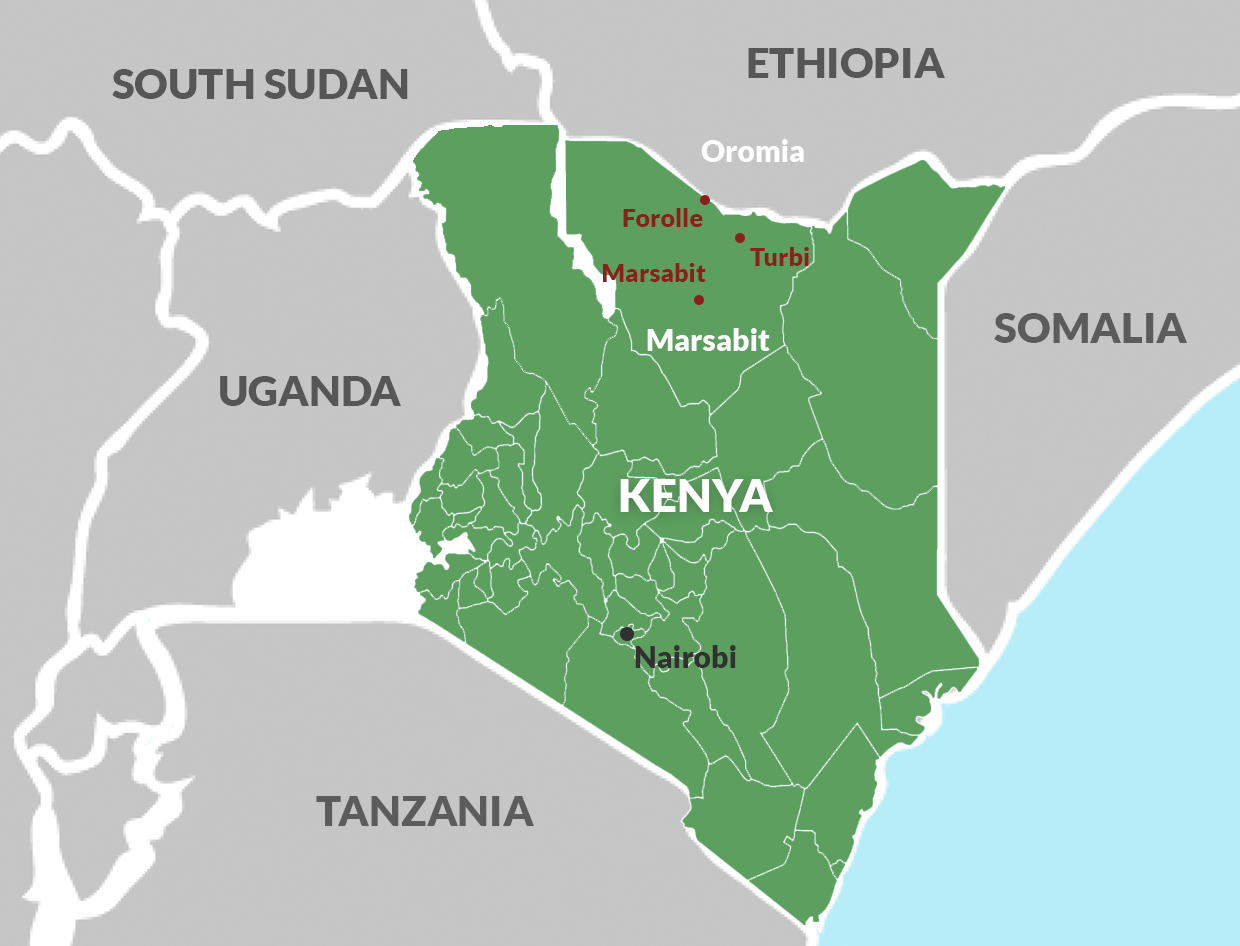
This image is property of issafrica.s3.amazonaws.com.
Economy
Main Industries
The economy of Marsabit County is primarily based on agriculture, livestock rearing, and tourism. Agriculture is mainly practiced on a small scale, with crops such as maize, sorghum, and beans being grown. Livestock rearing, including cattle, goats, and camels, is a significant economic activity, with livestock products being a source of income for many households. Tourism is also a growing industry, attracting visitors to explore the unique landscapes and cultural heritage of the county.
Agriculture
Agriculture in Marsabit County faces challenges due to the arid and semi-arid climate. However, farmers have adopted innovative farming techniques, such as drip irrigation and terracing, to mitigate the effects of water scarcity. The county government provides support to farmers through training programs, access to credit, and the provision of agricultural inputs.
Livestock
Livestock rearing plays a vital role in the economy of Marsabit County. The county is known for its high-quality livestock, including cattle, goats, and camels. Livestock products such as milk, meat, and hides have both local and regional market demand. The county government is working to improve animal health services, promote commercialization of livestock products, and enhance market linkages for livestock farmers.
Tourism
Marsabit County is endowed with unique and breathtaking tourist attractions. The Marsabit National Park, located on the slopes of Mount Marsabit, offers visitors a chance to experience diverse wildlife and stunning landscapes. Lake Paradise, a crater lake surrounded by dense forest, provides a serene environment for birdwatching and relaxation. Mount Marsabit itself is also a popular destination for hiking enthusiasts, providing panoramic views of the surrounding area.
Infrastructure
Transportation
Marsabit County has made significant strides in improving its transportation infrastructure. The county is served by a network of roads connecting major towns and rural areas. The main highway, the A2 road, links Marsabit to other parts of Kenya. The county also has an airport, Marsabit Airport, which facilitates air travel and cargo transportation.
Education
Education infrastructure in Marsabit County has expanded over the years, with the establishment of primary and secondary schools in both urban and rural areas. The county government has invested in improving the quality of education by providing resources and infrastructure to schools. Efforts have also been made to promote adult education and vocational training to enhance skills development.
Healthcare
Marsabit County is committed to providing quality healthcare services to its residents. The county has health centers, dispensaries, and hospitals distributed across various locations. The county government has invested in improving healthcare infrastructure, expanding access to essential medical services, and providing training opportunities for healthcare professionals.
Water and Sanitation
Access to clean water and sanitation facilities is a priority in Marsabit County. The county government has implemented initiatives to improve water supply through borehole drilling, construction of water pans, and dam rehabilitation projects. Efforts are also being made to provide sanitation facilities in schools, households, and public areas to promote public health.
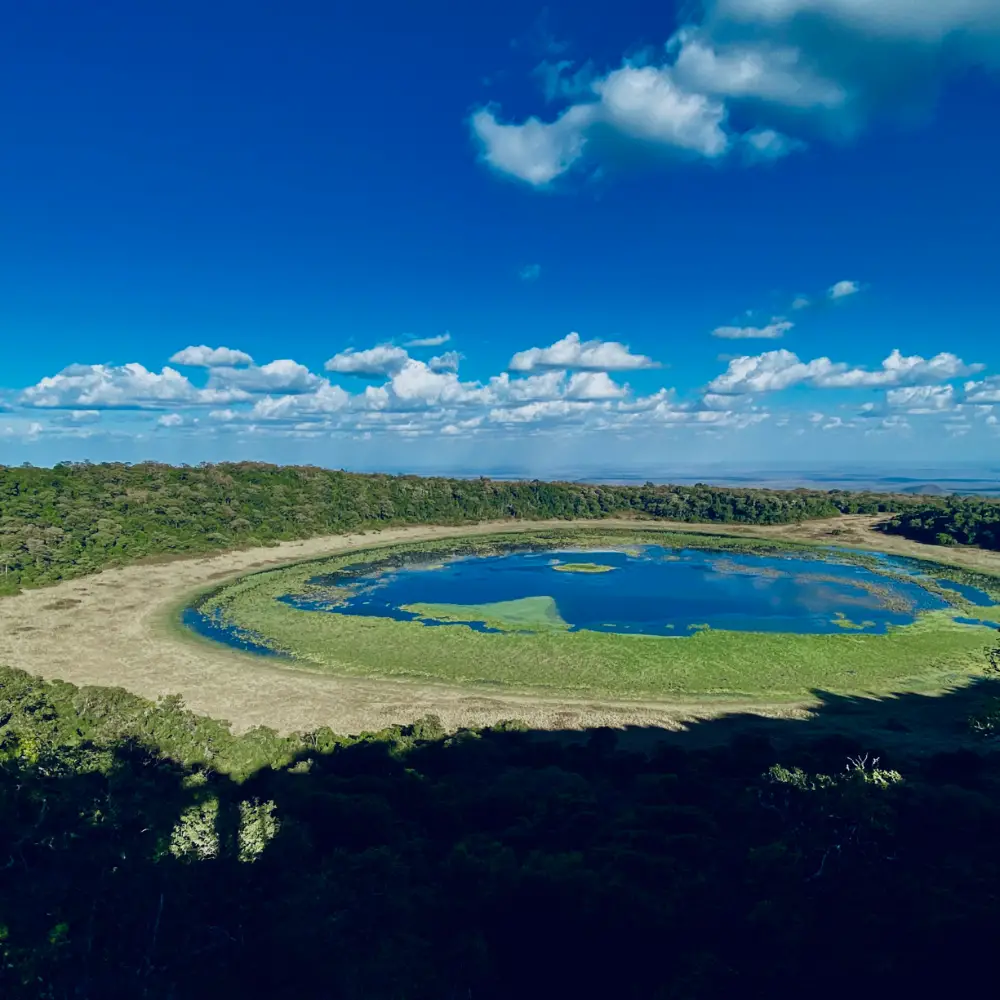
This image is property of aluochbonnita.com.
Culture and Society
Traditional Beliefs and Practices
The diverse ethnic communities in Marsabit County have a rich cultural heritage, characterized by traditional beliefs and practices. Each community has its customs, rites of passage, social norms, and value systems. Traditional beliefs, such as the worship of ancestral spirits and nature, continue to play a significant role in the lives of community members.
Celebrations and Festivals
Marsabit County is vibrant with celebrations and festivals that showcase the cultural diversity of the communities. Events such as the Marsabit Cultural Festival bring together various ethnic groups to exhibit traditional music, dance, food, and clothing. These celebrations serve as a platform for cultural exchange, unity, and tourism promotion.
Art and Crafts
Art and crafts are integral aspects of the cultural heritage of Marsabit County. Communities engage in traditional craftsmanship, creating unique artifacts, jewelry, and clothing. The intricate beadwork and weaving techniques are highly valued and are often showcased in cultural events and local markets.
Natural Resources
Minerals
Marsabit County is rich in mineral resources, although their full potential has not been fully exploited. Minerals such as gypsum, limestone, iron ore, and gemstones have been identified in the county. There is a growing interest in mineral exploration and investment, presenting opportunities for economic growth and development.
Wildlife
The diverse ecosystem of Marsabit County supports a wide range of wildlife. The Marsabit National Park is home to various species, such as elephants, giraffes, zebras, lions, and numerous bird species. Efforts to protect and conserve wildlife have been implemented, contributing to biodiversity conservation and attracting eco-tourism activities.
Forests
Marsabit County is endowed with forests that serve as important water catchment areas and habitats for various wildlife species. The forests are vital for climate regulation and maintaining ecological balance. The county government has implemented conservation measures to protect the forests and promote sustainable utilization of forest resources.
Water Bodies
Marsabit County has several water bodies, including crater lakes and rivers. Lake Paradise, situated within Mount Marsabit, is one of the notable water bodies in the county. These water bodies provide habitats for aquatic species and serve as sources of water for domestic and agricultural purposes.

This image is property of esdac.jrc.ec.europa.eu.
Challenges and Opportunities
Drought and Food Insecurity
Marsabit County faces the challenge of recurrent droughts, leading to food insecurity for the residents. The county government, in collaboration with national and international partners, has implemented interventions to address this challenge. Efforts such as water harvesting, improved irrigation, and the promotion of drought-resistant crops are being undertaken to enhance food production and resilience.
Poverty
Poverty is a significant challenge in Marsabit County, with a considerable proportion of the population living below the poverty line. The county government has implemented poverty alleviation programs, including cash transfer initiatives, skills training, and access to financial services. Efforts are also being made to promote income-generating activities and create job opportunities.
Education Gaps
Marsabit County faces education gaps, particularly in the provision of quality education and access to schools in remote areas. The county government is working to address these gaps through the construction of additional classrooms, recruitment of more teachers, and the provision of learning materials. Efforts are also being made to promote girls’ education and address cultural barriers that hinder access to education.
Investment Potential
Marsabit County presents immense investment potential in various sectors, including agriculture, livestock, tourism, and renewable energy. The county government is actively promoting investment through initiatives such as the establishment of special economic zones, provision of investment incentives, and improving the business environment. Exploiting these opportunities can contribute to economic growth, job creation, and poverty reduction.
Tourist Attractions
Marsabit National Park
Marsabit National Park is one of the main tourist attractions in the county. The park offers a unique wildlife experience, with sightings of elephants, zebras, giraffes, hyenas, and various bird species. The picturesque landscapes, including the lush forest and volcanic formations, provide a backdrop for unforgettable safari adventures.
Lake Paradise
Lake Paradise, located within the crater of Mount Marsabit, is a hidden gem in Marsabit County. The crater lake is surrounded by dense forest, creating a serene and tranquil atmosphere. Visitors can enjoy birdwatching, fishing, and hiking around the lake, taking in the breathtaking scenery and abundant wildlife.
Mount Marsabit
For adventure enthusiasts, Mount Marsabit offers an exhilarating experience. The mountain provides hiking trails with panoramic views of the surrounding landscapes. The summit offers a vantage point to see the vast expanse of the county, providing a sense of awe and appreciation for the natural beauty of Marsabit.
In conclusion, Marsabit County offers a unique blend of rich cultural heritage, breathtaking landscapes, and diverse wildlife. Despite its challenges, the county is making strides in promoting sustainable development, socio-economic growth, and preserving its natural and cultural heritage. Whether exploring the Marsabit National Park, experiencing the vibrant cultural festivals, or embarking on an adventure on Mount Marsabit, the county leaves a lasting impression on visitors, inviting them to discover the hidden treasures of this remarkable region.
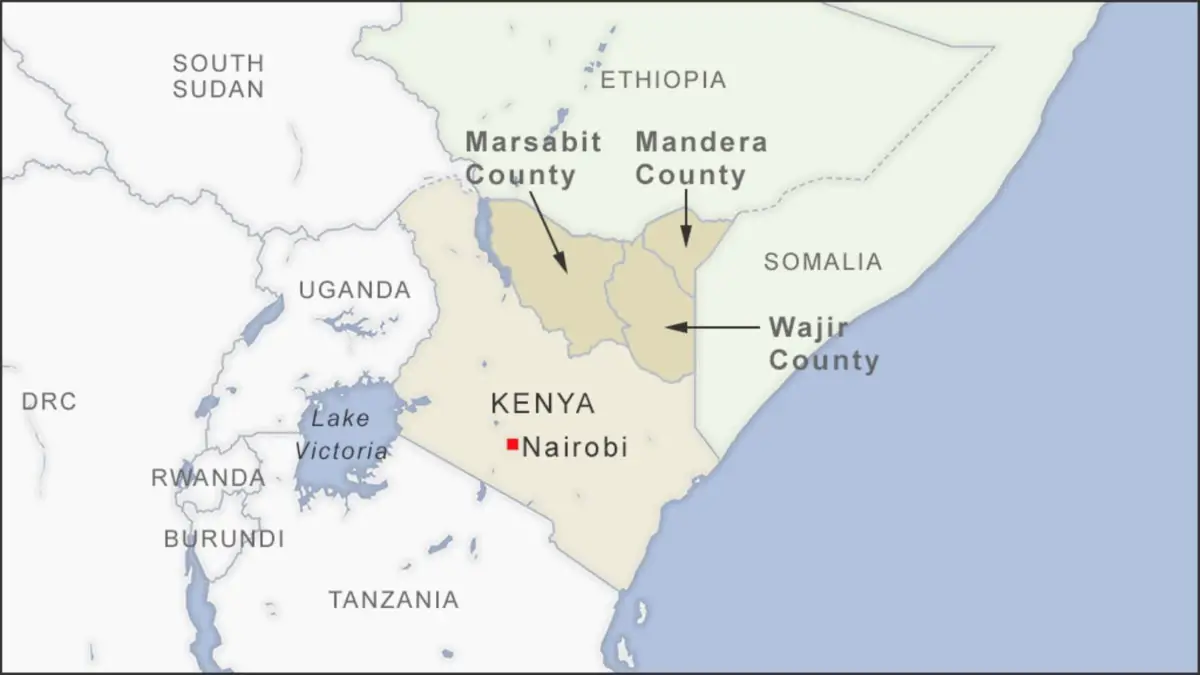
This image is property of gdb.voanews.com.

